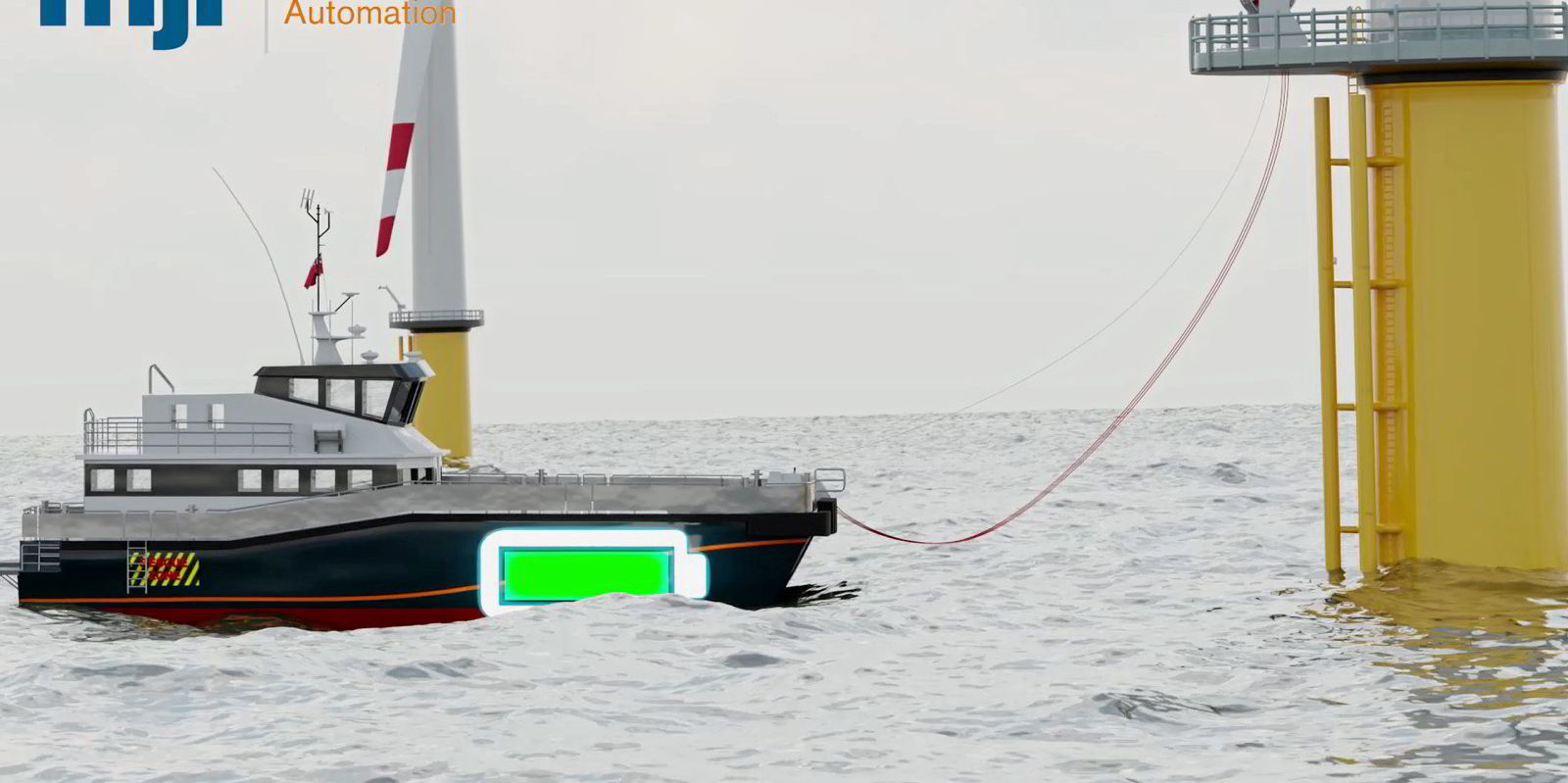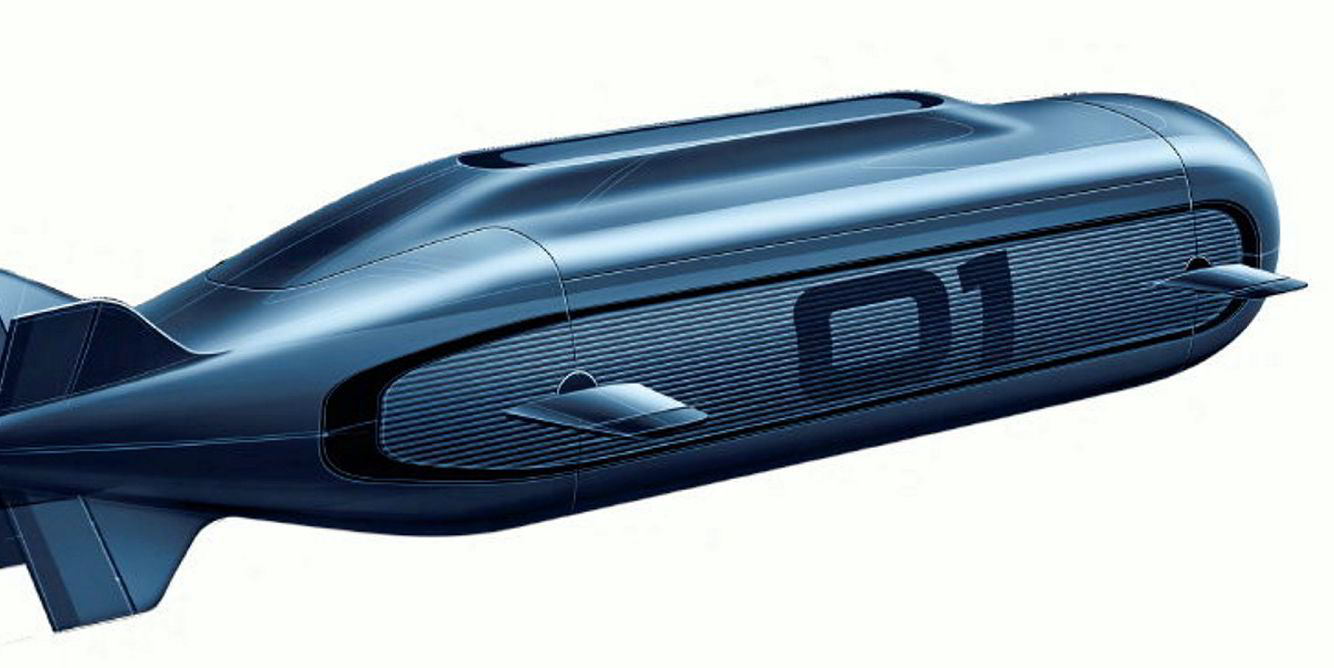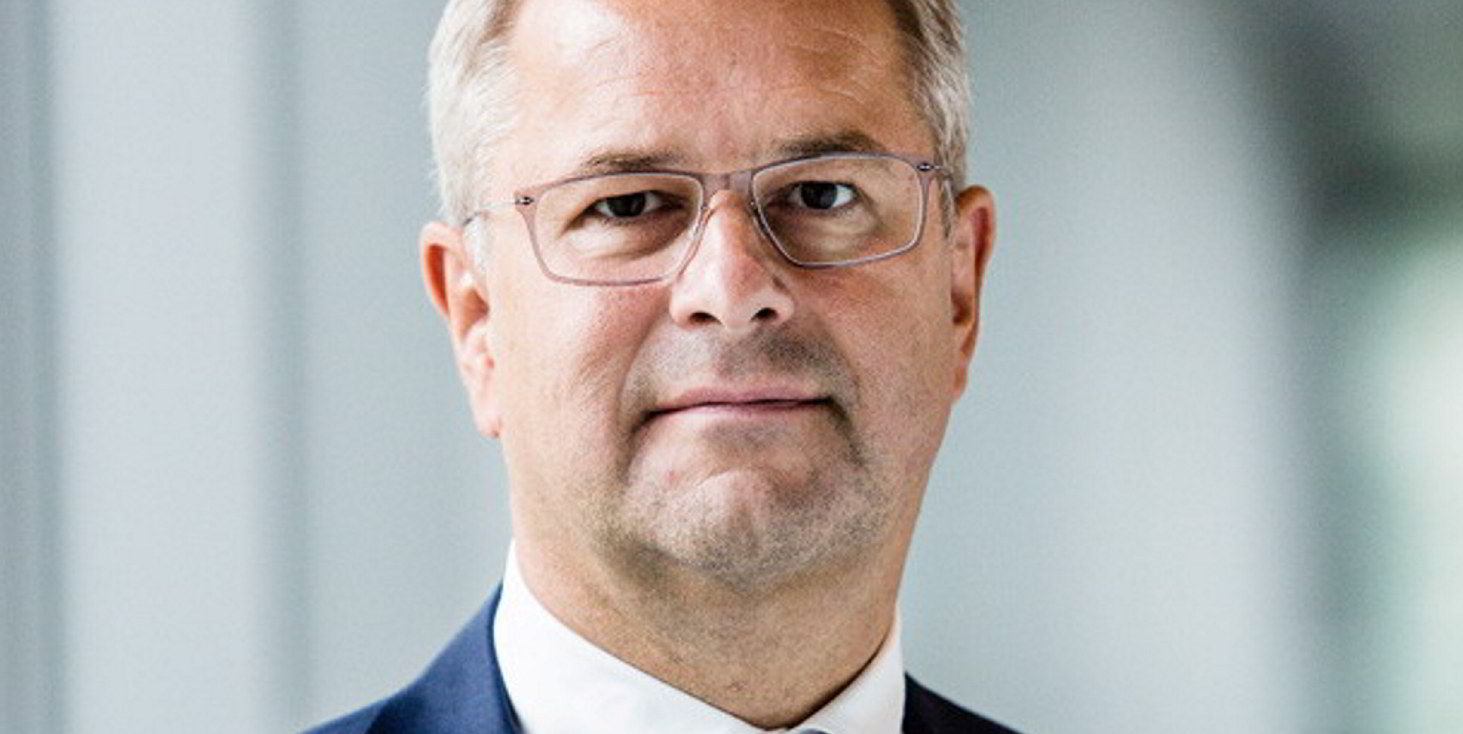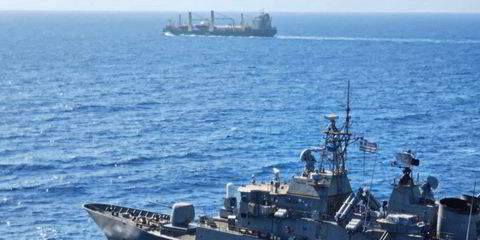A hydrogen-powered freight submarine and electric charging points on offshore wind turbines are the highest profile winners of the UK’s Clean Maritime Demonstration Competition.
The £23m ($32m) competition, the maritime beacon in the UK government’s ten-point plan for a Green Industrial Revolution, is aimed at spearheading the development of technologies that will have zero emission ships operating commercially by 2025.
But details were scant in the announcement by the Transport Secretary Grant Shapps of the highlighted projects which were named among 55 winning projects that will share in the total £23m grants.
“A fully automated submarine fleet, powered on green hydrogen, could help cleanse the oceans of toxic pollution by collecting microplastics on its pilot route between Glasgow and Belfast,” Shapps said.
While transporting cargo shipments, the fleet of submarines “could secure significant savings of 27 tonnes of CO2 emissions in the first year of operation, with an overall mission to reduce 300m tonnes of CO2 emission as the fleet grows”, Shapps added.
No details of the submarine’s cargo capacity, its power system or the size of the fleet were given.
But maker Oceanways website says its prototype Esmeralda01 is getting ready to do a first sea trial from the UK to Amsterdam. It will run on hybrid hydrogen and battery power up to a speed of 20 knots and be able to deliver 5kg of cargo.

The only other winner announced was an electric charge-point for small boats to connect to offshore wind turbines made by MJR Power & Automation.
UK maritime minister Robert Courts also name checked the opening of the Horizon Cruise Terminal at the Port of Southampton as part of the announcements at London International Shipping Week (LISW). The terminal will have a solar-panelled roof and clean energy shore power plug-in charging for ships.
Yesterday UK Maritime and Coastguard Agency chief executive Brian Johnson called for pilot projects and policies on new technologies and fuels that are likely to include a mix of ammonia, hydrogen, nuclear energy and batteries in a LISW discussion event.
The MCA has established a future technologies and development team and is nearing the completion of a matrix to allow intelligent decisions on which technologies to choose among what Johnson described as most likely to be “the least unideal or worst option”.
Ammonia and hydrogen are the deepsea frontrunners at the moment, but all the options require huge system change, he said, including market-based measures being put in place.
“All the options, other than nuclear, require the UK to put in place more electricity generation capacity,” he said, much of which would need to be renewably-sourced for non-carbon fuels.
“There are huge, huge infrastructure requirements,” he added, and “a huge amount of rethinking of port regulation needs to take place – these are not things [fuels] routinely handled in ports.”
An overhaul of the way officers and crew are trained will also be required.
But Johnson said: “Somewhere in [all] that is massive opportunity for the UK.”






